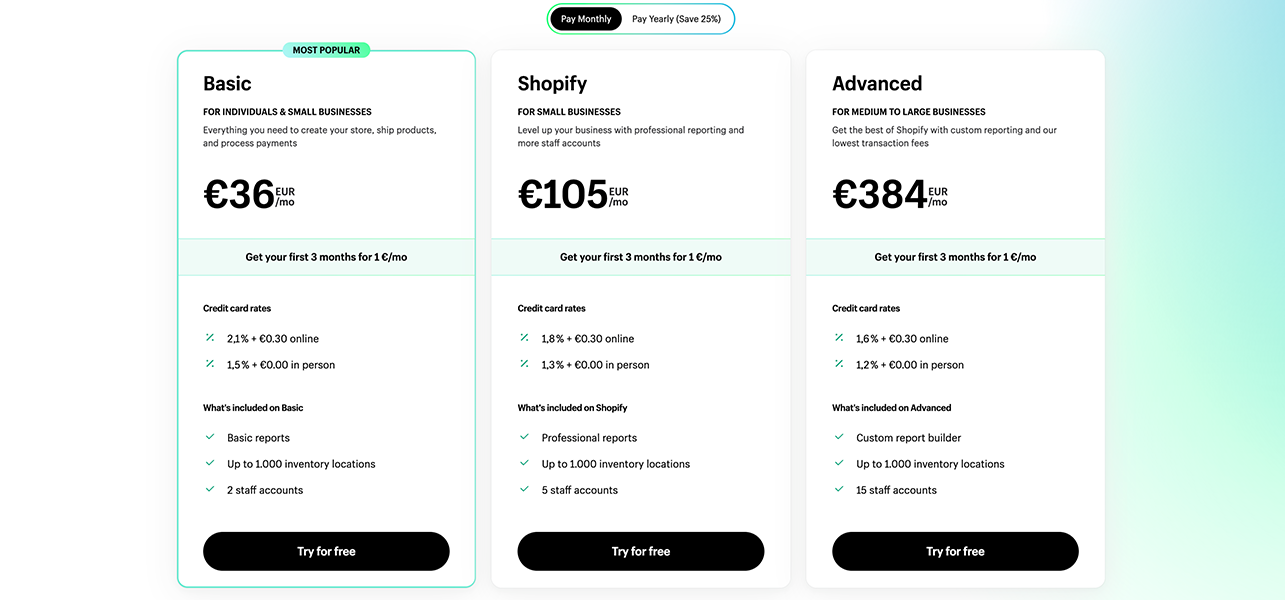Shopify vs WooCommerce: The Ultimate Guide for Dropshipping & Print-on-Demand Store Owners
Alright, so you've got this killer product idea, and you're itching to get it out there. Maybe you're diving into the wild world of dropshipping, or perhaps you're going print-on-demand. Either way, you're faced with this big question: Shopify or WooCommerce? It's like standing at a digital crossroad. Both roads lead to potentially awesome destinations, but which one's got the scenic route and which one’s got the shortcuts? For anyone just starting out, this is THE big decision. Let's break it down.
The Heart of eCommerce: Shopify and WooCommerce
At its core, Shopify provides a comprehensive and user-friendly environment, especially for those new to the digital marketplace. With in-built features, streamlined designs, and an extensive app ecosystem, it's a ready-to-go solution. On the other hand, WooCommerce, a free plugin for WordPress, offers vast customization possibilities, making it ideal for those with a more tech-savvy approach.
Pros of Shopify
1. User-Friendly Interface: Shopify offers an intuitive dashboard that even novices can navigate with ease.
2. Integrated Payment System: Shopify Payments means one less third-party tool, although it also supports other gateways.
3. Diverse App Ecosystem: From Dropship.me for dropshipping to Printful for print-on-demand, you have ample choices.

Cons of Shopify
1. Monthly Fees: Unlike WooCommerce, which is free to use (though some plugins might charge), Shopify has monthly fees that can accumulate, especially if you opt for higher plans or additional apps.
2. Transaction Fees: If you don't use Shopify Payments, you'll have to pay additional transaction fees. This can eat into your profits, especially for businesses with tight margins.
3. Less Customization: While Shopify is user-friendly, it doesn’t offer the deep customization capabilities that WooCommerce does. Modifying the backend or developing specific functionalities might be restrictive.

Pros of WooCommerce
1. Deep Customization: Tailor your store's functionality and appearance, thanks to its open-source nature.
2. Vast Plugin Universe: From payment gateways to SEO optimization, there's likely a plugin for everything.
3. Integrated with WordPress: Leverage the power of the world's most popular CMS for your store.

Cons of WooCommerce
1. Steeper Learning Curve: Being an open-source platform, WooCommerce requires a certain level of technical know-how. This can be daunting for beginners.
2. Maintenance: You're responsible for updates and backups. Not updating can lead to vulnerabilities, but updating can sometimes break functionalities if not done correctly.
3. Hosting Costs: While WooCommerce itself is free, you need to consider hosting costs, which vary depending on your chosen provider and plan.

Which is Better for Dropshipping and Print-on-Demand?
For dropshipping, Shopify takes a slight edge due to apps like Oberlo that streamline the process. Its beginner-friendly interface means you can start dropshipping with less of a learning curve.
When it comes to print-on-demand, both platforms have robust integrations. Shopify partners seamlessly with platforms like Printful and Printify, while WooCommerce has a suite of plugins catering to this model.
In Conclusion...
Your choice between Shopify and WooCommerce largely depends on your comfort level with technology, the degree of customization you desire, and the specific requirements of your business model. Both platforms have proven their mettle in the eCommerce industry and can undoubtedly cater to the unique demands of dropshipping and print-on-demand entrepreneurs.
So, after all that deep dive into the Shopify vs. WooCommerce ocean, here's the deal: both have their cool vibes. If you want something straightforward and don’t want to mess with too many techy bits, Shopify might be your jam. But if you're the kind who likes to tinker around, customize stuff, and have some control over the nuts and bolts, WooCommerce is calling your name. At the end of the day, platforms are just tools – it’s all about how you use them. So pick the one that vibes with you, roll up your sleeves, and get that online store rockin’!
Remember to incorporate these insights into your unique context and further research each platform's capabilities and recent updates. With the right platform, the sky's the limit for your eCommerce venture! 🚀
If you subscribe to a service from a link on this page, we may receive a small commission at no additional cost to you. We only link to things we personally use and recommend.











